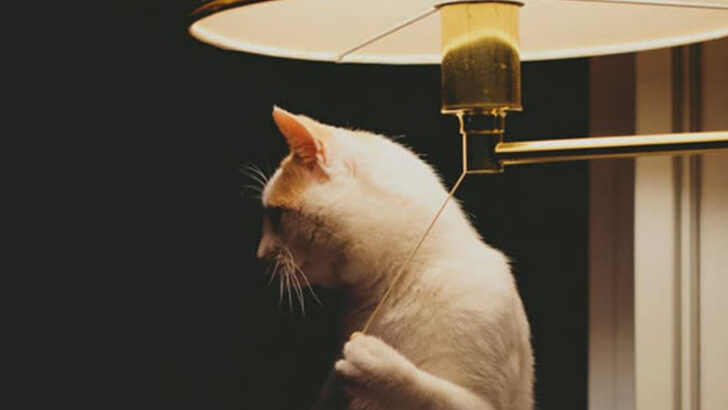Your cat isn’t just “acting weird”—they’re waving a red flag, and you’d better pay attention.
One minute they’re a snuggly purring machine. The next? Hiding under the couch, ignoring food, or suddenly turning into a midnight sprinter.
Cats are masters of mystery, but when their behavior shifts, it’s rarely random. These subtle changes can be the earliest warning signs that something’s not right.
Don’t shrug it off as a “cat thing.” When your feline changes their script, it could be your only clue that they’re hurting, stressed, or sick. Let’s decode the signs before they become serious.
Lethargy
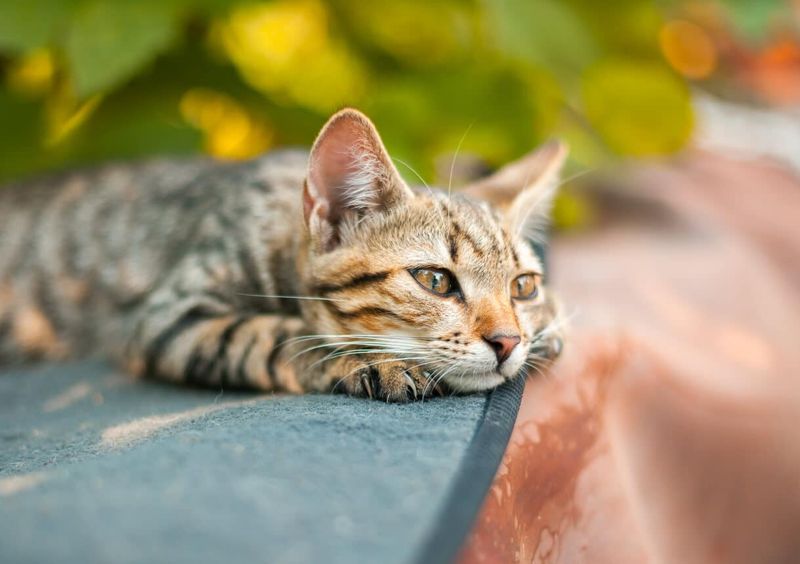
A once-active cat suddenly becoming lethargic may indicate underlying health issues. Cats are naturally curious and energetic, so a noticeable decrease in activity can be concerning. If your feline friend begins to sleep more than usual or shows disinterest in playtime, it’s time to monitor them closely.
Lethargy can be a sign of various conditions, such as anemia, infections, or even depression. It’s essential to consult a veterinarian if this behavior persists, as early detection often leads to better outcomes. Always ensure that your cat’s environment is stress-free and stimulating to support their well-being.
Excessive Grooming
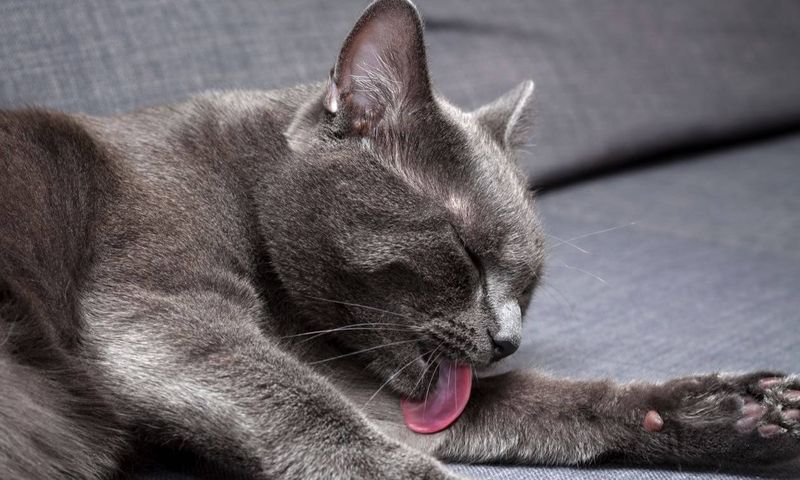
Cats are known for their grooming habits, but excessive grooming can signal stress or skin issues. If your cat starts grooming obsessively, particularly in one area, it might be time to investigate further.
This behavior can lead to bald patches and sore spots, indicating that something may be amiss. Possible reasons could be allergies, anxiety, or even parasites. Consulting a veterinarian will help in identifying the root cause and finding an appropriate solution.
Maintaining a calm environment and regular check-ups can help prevent such issues from escalating.
Sudden Aggression
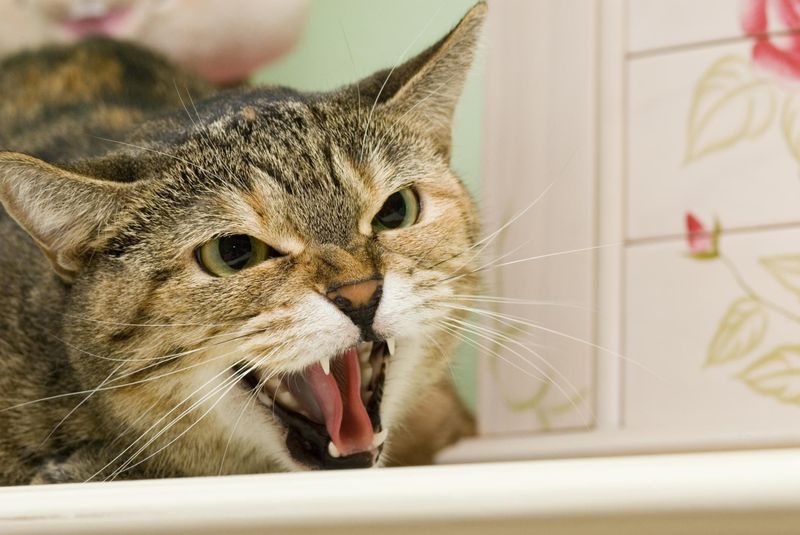
It’s unsettling when a normally docile cat suddenly turns aggressive. Such behavior changes could be a response to pain, fear, or stress. Observing when and where this aggression occurs can provide clues to its cause.
For instance, if a cat becomes hostile during petting, it may be experiencing pain. Alternatively, changes in the household, such as new pets or family members, can trigger stress-induced aggression.
Addressing this behavior with patience and understanding, while seeking professional advice, is crucial for restoring harmony in your home.
Vocal Changes
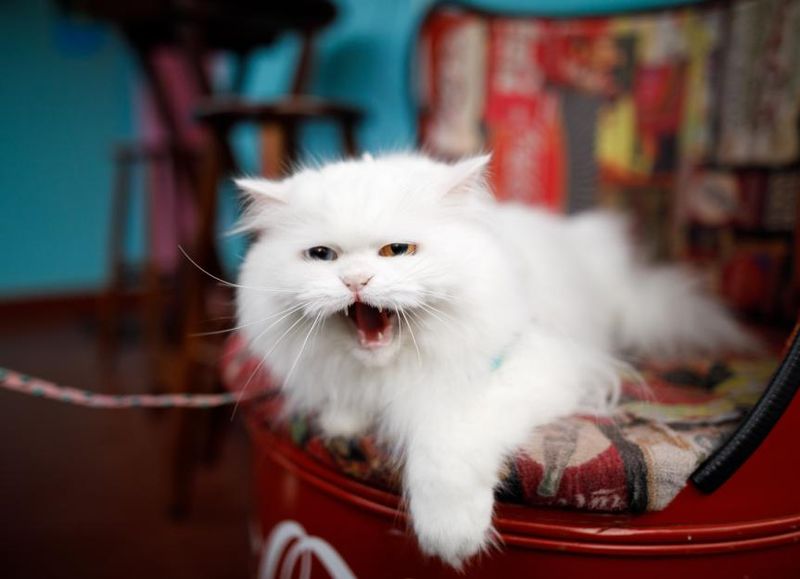
Cats communicate through vocalizations, and any change in their meowing could be significant. Increased vocalization, especially at night, might indicate discomfort or a need for attention.
Conversely, a quiet cat suddenly becoming vocal may be trying to communicate health issues, such as thyroid problems or cognitive dysfunction. Monitoring these changes and providing a comforting environment can help ease their distress.
If vocal changes persist, a veterinarian’s evaluation is recommended. Understanding your cat’s unique language is key to identifying potential problems early on.
Weight Fluctuations
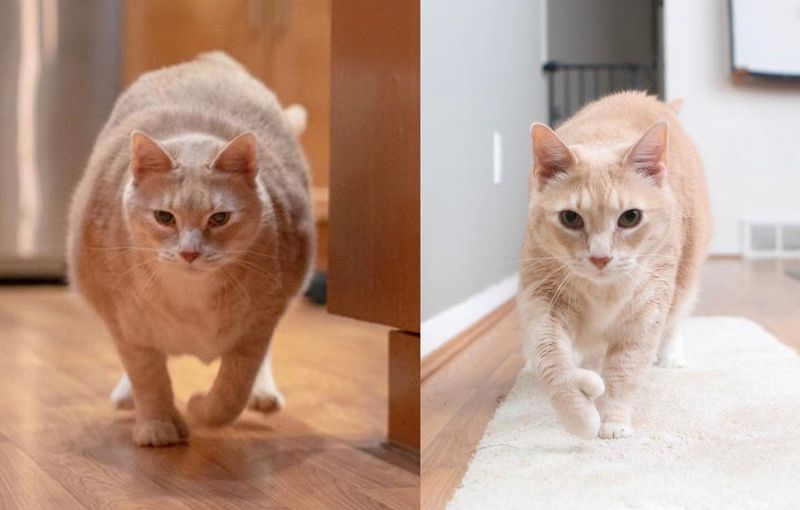
Significant weight gain or loss in cats can be a red flag for health issues. Monitoring your cat’s weight is essential, as fluctuations might indicate metabolic disorders or dietary imbalances.
If your cat appears to be losing weight despite having a good appetite, or gaining without an increase in food intake, it’s time to investigate. Conditions like hyperthyroidism or diabetes could be at play.
Regular veterinary check-ups and a balanced diet are vital in maintaining your cat’s health and preventing potential issues related to weight changes.
Changes in Litter Box Habits
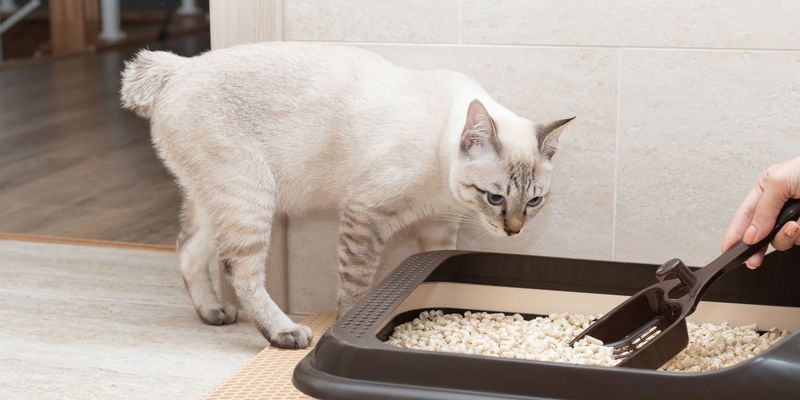
Proper litter box usage is fundamental to feline hygiene. Deviations from this norm can signal stress or medical concerns. If a cat suddenly refuses to use its litter box, it may be experiencing urinary tract issues or be displeased with the box’s cleanliness.
Stress from environmental changes can also lead to such behavior. Addressing the issue involves ensuring the litter box is clean and accessible while monitoring for other signs of distress. Consulting a veterinarian can help identify any underlying health problems.
Hiding More Often
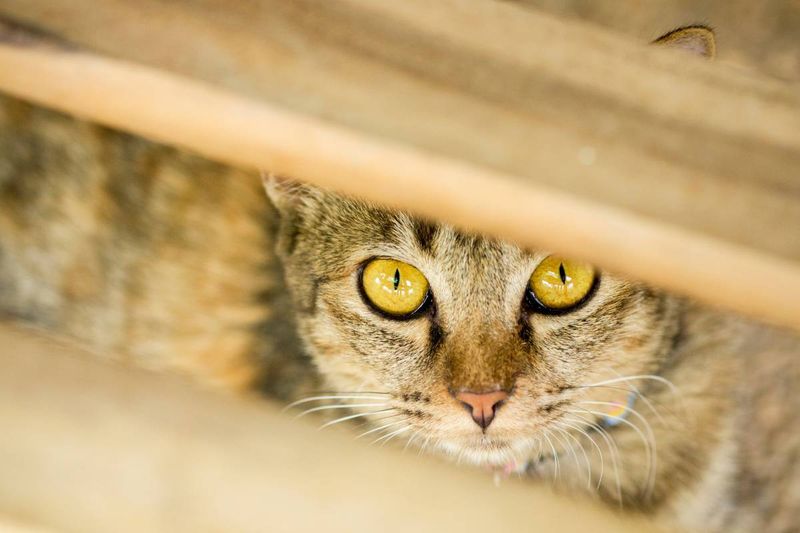
When a cat begins to hide more than usual, it could be feeling threatened or unwell. This behavior is often a cat’s way of coping with stress or illness.
An increase in hiding could mean your cat is experiencing discomfort or fear due to changes in its environment or the introduction of new pets or people. It’s important to assess any recent changes in your home that could be affecting your cat.
If the behavior continues, a veterinarian visit is advisable to rule out medical issues.
Decreased Grooming
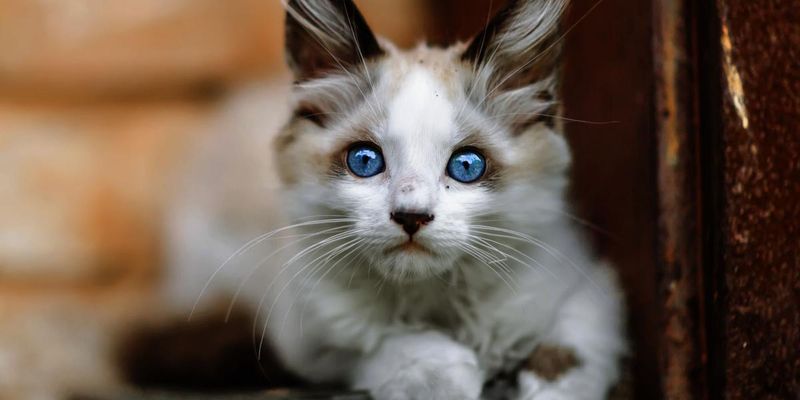
While over-grooming is a concern, decreased grooming is equally worrisome. A cat that neglects its grooming might be experiencing joint pain or other health issues making movement difficult.
Cats are typically fastidious groomers, so a neglected appearance is noteworthy. It may also be linked to depression or stress, especially in older cats. Regularly brushing your cat can help maintain its coat’s condition and highlight any emerging issues.
Consulting with a vet will help determine if there’s an underlying condition needing attention.
Change in Appetite
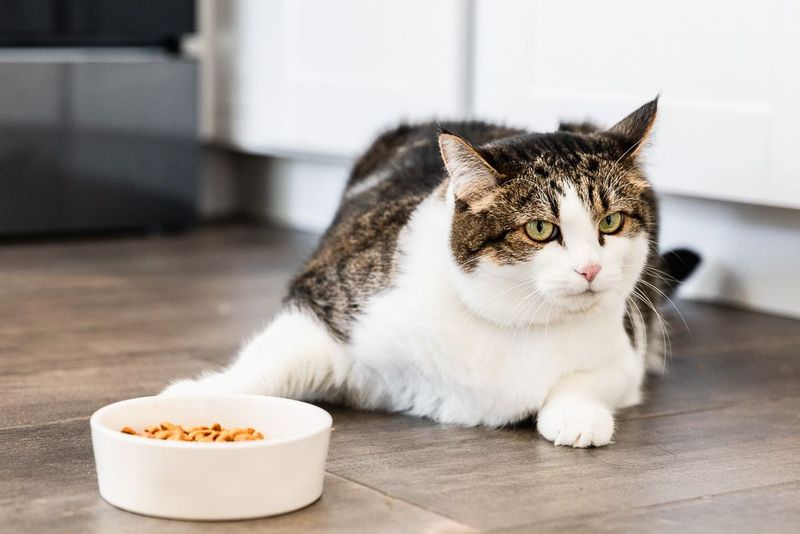
A cat’s appetite offers insights into its health. Sudden changes—either refusing meals or overeating—can signal health concerns. A decrease might indicate dental problems or infections, while increased appetite could point to metabolic issues.
Ensuring your feline has a consistent diet and monitoring its eating habits is crucial. Providing them with balanced nutrition tailored to their needs helps maintain overall health.
Persistent changes in appetite warrant a veterinary consultation to identify potential underlying causes and ensure proper intervention.
Unusual Night Activity
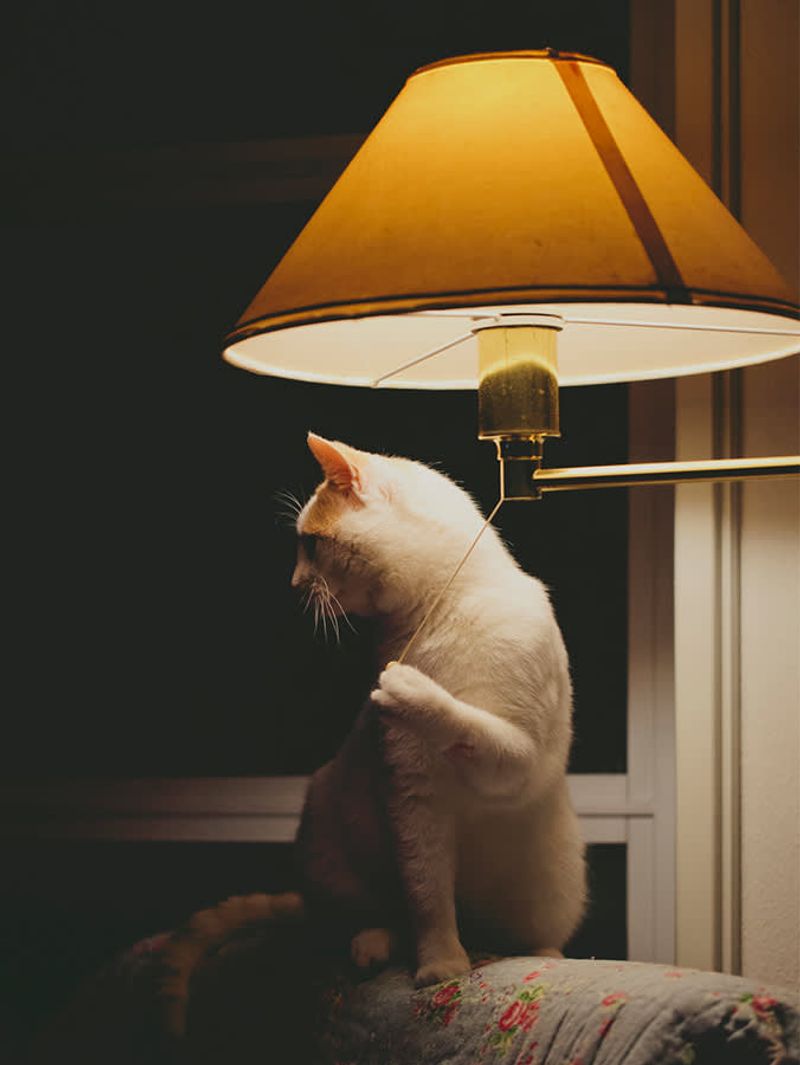
Cats are naturally nocturnal, but excessive activity at night can disrupt both their and your sleep patterns. If your cat becomes more active than usual during nighttime, it could be seeking attention, experiencing anxiety, or suffering from sleep disorders.
Creating a stimulating daytime environment might help redirect their energy. Ensuring your cat has adequate playtime and engagement during the day can prevent such nighttime antics.
If this behavior persists, consulting with a vet is advisable to rule out any underlying health issues.
Excessive Scratching
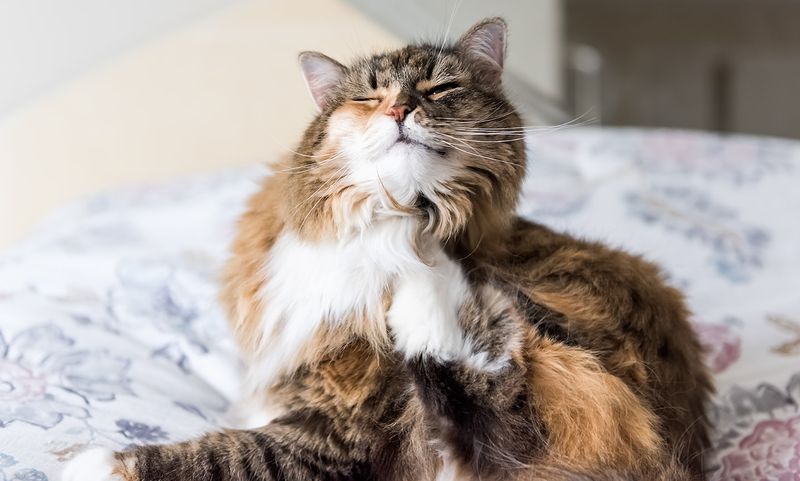
Scratching is a natural and necessary behavior for cats, aiding in marking territory and maintaining their claws. However, if scratching becomes excessive or destructive, it might be a sign of stress or anxiety.
Providing appropriate scratching posts and ensuring your feline feels secure can help mitigate this behavior. It’s important to pay attention to when and where the scratching occurs as it might indicate underlying issues.
Consulting a vet can help address any behavioral causes and find suitable solutions.
Frequent Meowing
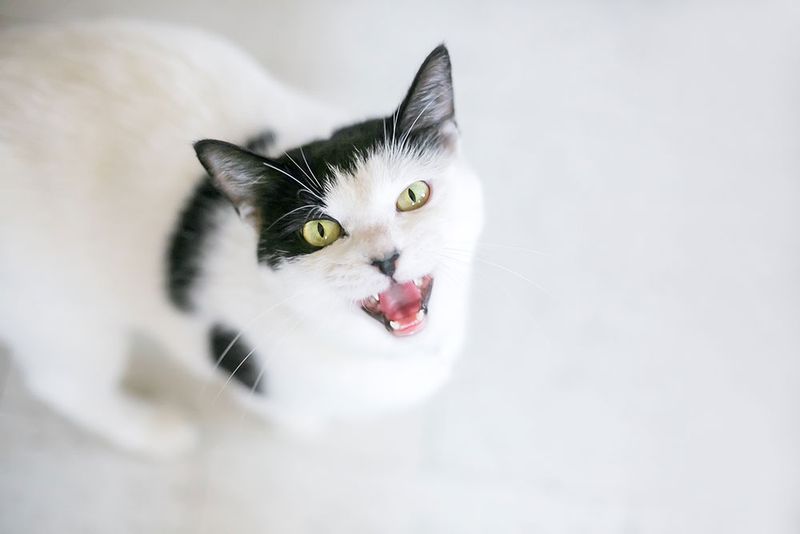
While vocal communication is normal, frequent or persistent meowing can be indicative of underlying issues. Cats might meow excessively when they’re in pain, bored, or seeking attention.
Understanding the context of these vocalizations can offer insights into your cat’s needs. Ensure they have enough stimulation and are in a comfortable environment.
If frequent meowing continues without an obvious cause, a veterinary check-up might be necessary to rule out health concerns or anxiety-related issues.
Changes in Social Behavior
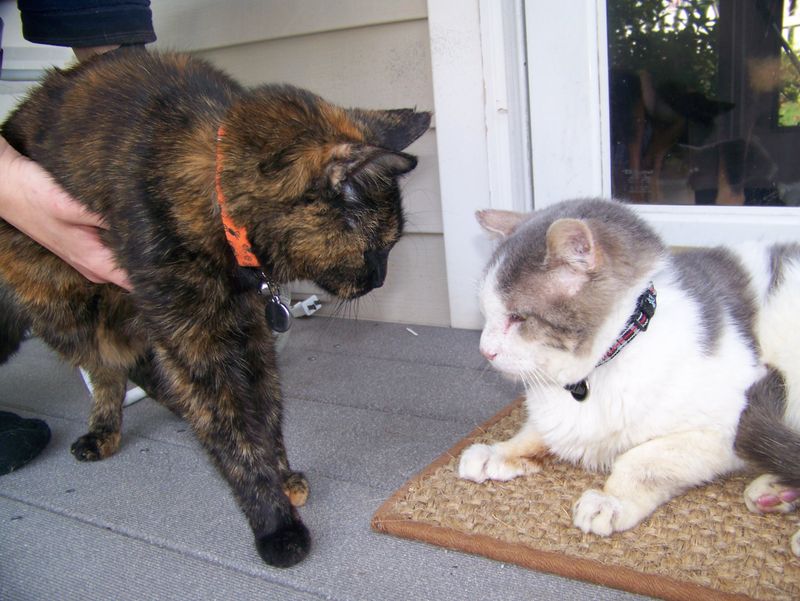
A shift in a cat’s social behavior can be a sign of distress or illness. If your usually social cat starts avoiding interaction, it might be experiencing discomfort or stress.
Consider any recent changes in the household that might be affecting your cat’s behavior. Social withdrawal can also be a sign of depression or an ailment that requires medical attention.
Encouraging gentle interaction and providing a comfortable space can help, but persistent withdrawal should be discussed with a veterinarian.
Increased Vocalization
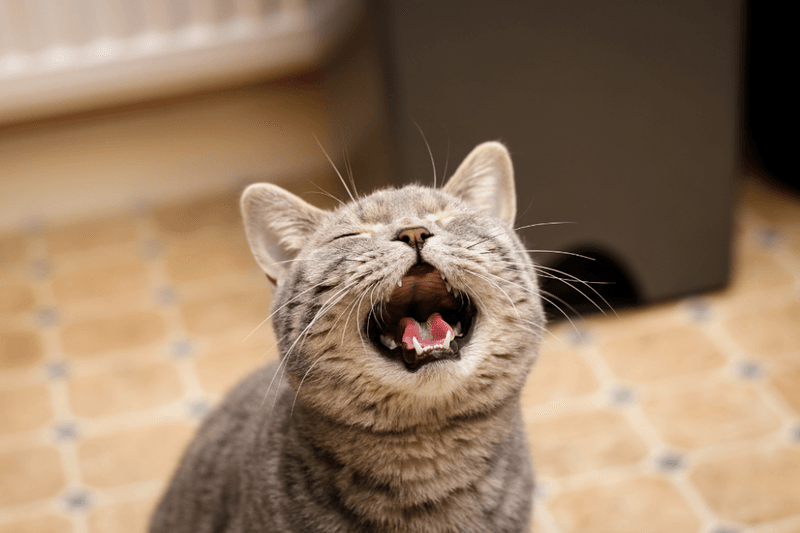
Increased vocalization in cats can often be an expression of discomfort or an alert to a change in their environment. If a cat that usually communicates sparingly begins to vocalize more frequently, it’s worth paying attention.
This increase could be due to changes in the household, health concerns, or even cognitive issues in older cats. Ensuring your cat feels secure and monitoring any other changes in behavior is important.
Consulting with a veterinarian can help pinpoint the cause and alleviate any distress your cat might be experiencing.
Unusual Sleeping Patterns
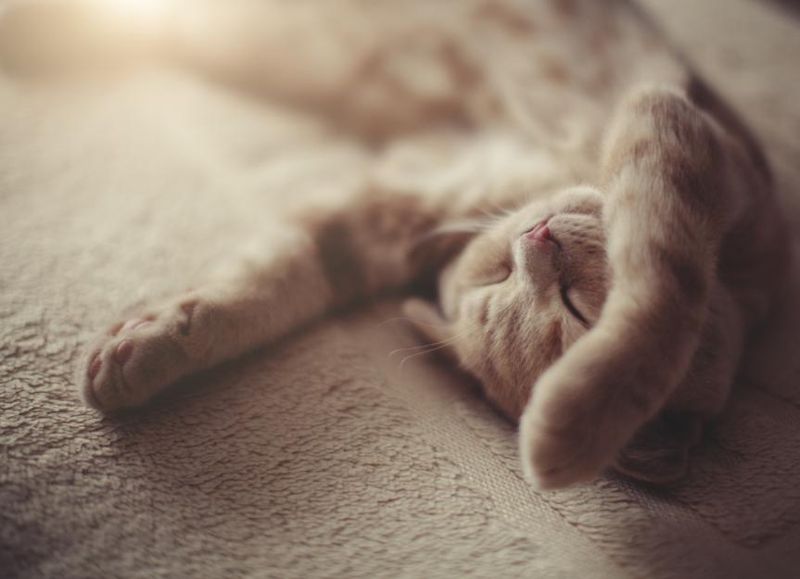
Cats are known for their lengthy naps, but changes in their sleeping patterns can be revealing. Sleeping more or less than usual, or choosing unusual spots, might signal discomfort or stress.
Consider any changes in your home that might affect your cat’s sleep. It could be noise, a new pet, or even a change in household routine.
If your cat’s sleeping habits shift dramatically and persist, it’s wise to consult a vet to rule out any health-related issues.

